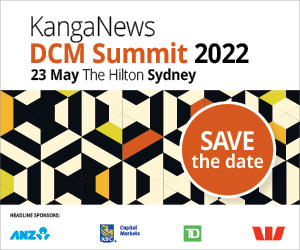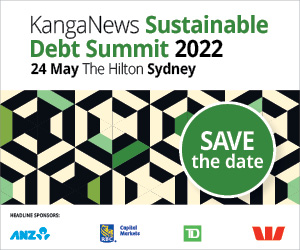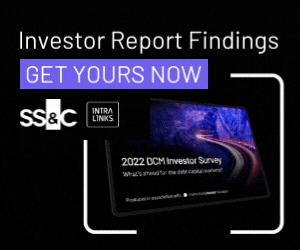Sustainable finance balancing act
The success of sustainable finance as a concept rests on persuading as many market participants as possible to get involved – but to do so in a way that does not detract from the impact or credibility of the sector.
WEST I am quite encouraged by the development of markets and products. From my perspective, there is more optionality and solutions than ever before for clients that want to access sustainable capital markets. I don’t think the barriers to entry are gigantic. In fact, I think expectations are becoming clearer for issuers.
This can be seen in markets such as the US, where we saw almost a 50-50 split last year between inaugural and repeat borrowers. Clients that have – until now – chosen not to come to market are now doing so because they understand what is required of them.
There will also be an evolution of impact metrics – in fact there already is some development. Clients are seeing their corporate-responsibility reports evolve from disclosing how many trees they planted and how many volunteer hours the company donated to material financial risks that have metrics applied and are audited.
Impact metrics will get a lot easier as we move to audited ESG [environmental, social and governance] reports. We’re not reinventing the wheel – instead, we’re leveraging work that has already been done and signed off on. This development is important to investors, too, and improves the credibility of the market going forward.
CHEN I actually believe barriers to entry have risen – but I’m okay with this. It is a positive development that the conversation with borrowers has changed in the past 12-18 months. We used to have to make the hard sell, but these days our discussions with borrowers and their staff are very different. They are ready to go and they want to understand the cost implications – which is why I am okay with the barriers to entry being higher.
A lot more external eyes are now overseeing this. This includes ASIC [Australian Securities and Investments Commission], which recently said it wants to call out firms for greenwashing. Meanwhile, APRA [Australian Prudential Regulation Authority] is conducting climate-vulnerability assessments on some of Australia’s banks. We also have the legal opinion that, in effect, directors can be held liable if they are found to be greenwashing or not integrating climate risk with business strategy.
JENKINS It is no longer a tick-box exercise – we are very candid upfront with borrowers about this fact. Sustainability-linked lending, borrowing and bond issuance clearly give companies an opportunity to tie financing to sustainability ambitions. But, as we’ve said to them, they need to be credible and committed.
We used to use the term ‘drive-by green bond’, where borrowers would hit the market and never be seen again. This is no longer good enough: investors want comfort that issuers are committed. If an issuer is coming into the bond market, investors want to know there will be repeat issuance. They also want to see reporting on a regular basis, to demonstrate the positive impacts of their investments.
At the end of the day, when borrowers bring these transactions to market the feedback from lenders and investors is typically very positive. But borrowers need to make sure they go the extra mile. They can’t just go to the lowest common denominator and expect to get access to cheap funding – it doesn’t work that way anymore.
THOMPSON It is well recognised that this is a journey. While I think the barriers to entry, as well as the expectations, have become higher, there is a recognition that this is very much a work in progress and disclosure is something that can be improved over time.
This is something for new entrants to keep in mind – specifically that they don’t have to do everything in one go. In fact, many entities have been making environmental disclosure for close to 20 years – and it’s still a work in progress. There is always opportunity to improve.
The key is transparency. There is also a positive feedback loop as investors are looking for this information and the same information is also incorporated into third-party ESG research and ratings. There are opportunities for early adopters to access the sustainable-finance market based on their solid track record of performance reporting, disclosure and target setting.






